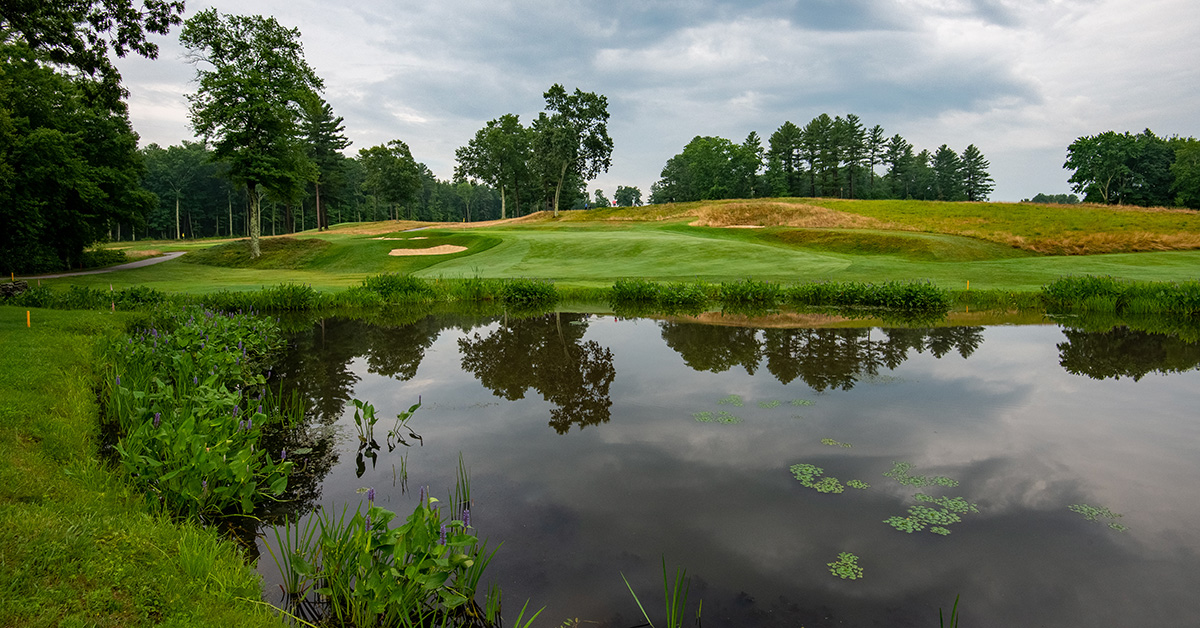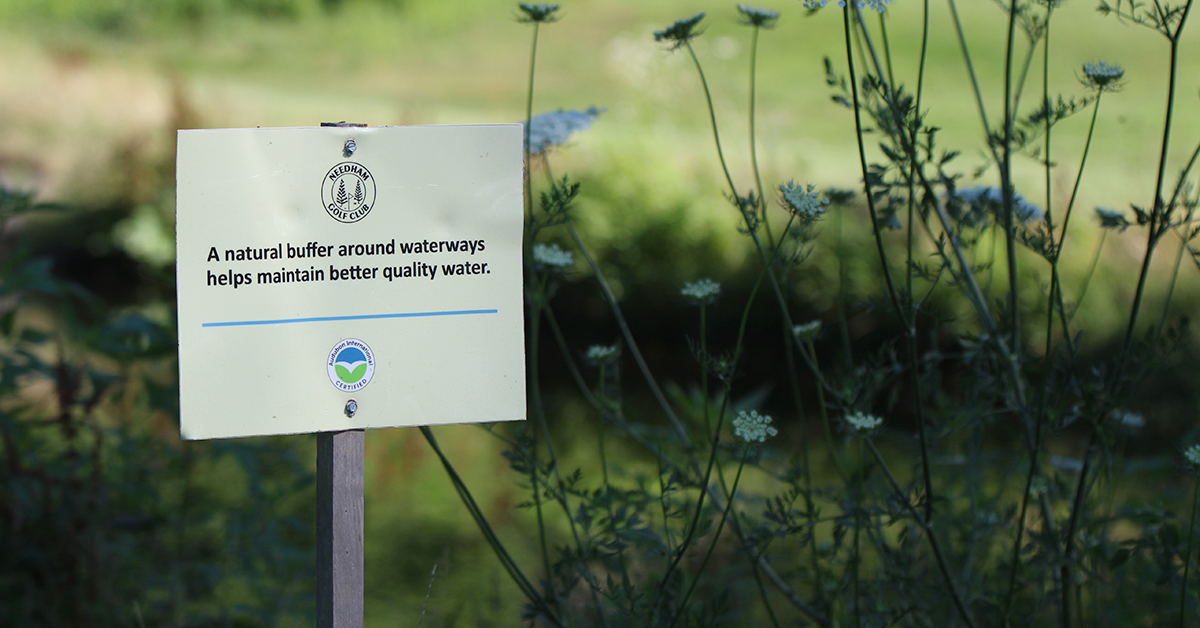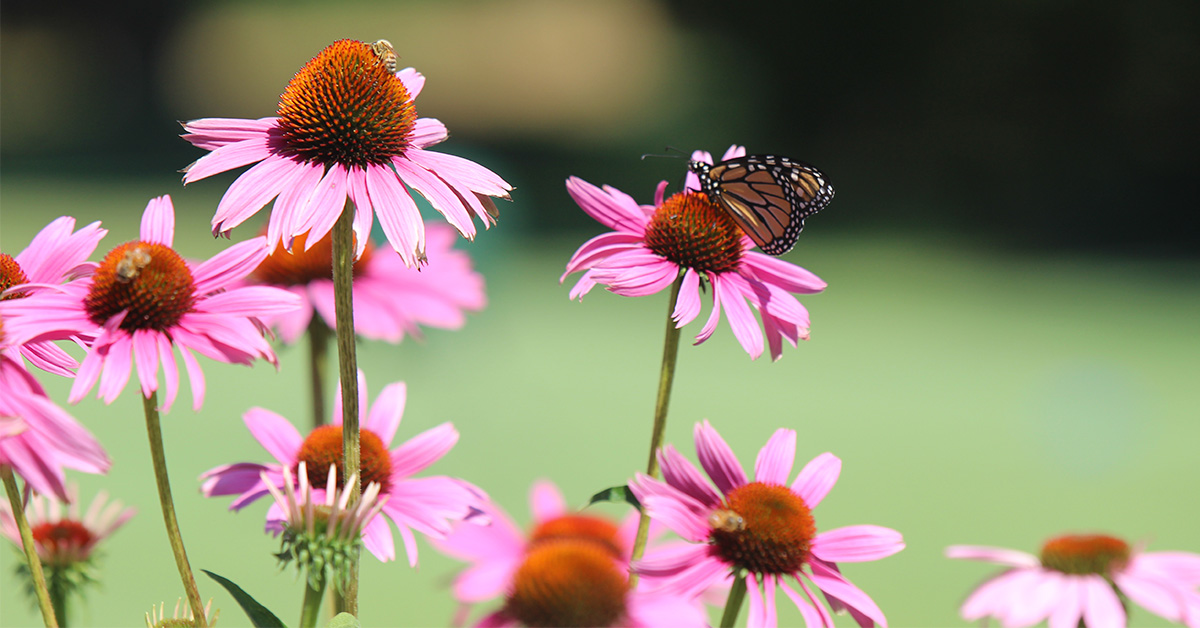Golf courses are sometimes perceived as being more of a con than a pro in their natural environments, but Audubon International is working to change that misconception in Massachusetts and beyond with its Audubon Cooperative Sanctuary Program.
The nationwide program, of which 14 Bay State courses are members, recognizes organizations that implement an environmental management plan that adequately increases efficiency, resource preservation and conservation efforts.
Audubon International was founded in New York in 1987 and went international in 1996. The organization has worked closely with golf courses and other businesses for more than 20 years to help them institute programs that preserve their natural habitats without impacting their bottom lines.
“The gentleman who founded the organization’s goal was to help golf courses become more environmentally sustainable and help break the perception that golf courses are really bad actors when it comes to the environment,” said Frank LaVardera, Audubon International’s Director of Environmental Programs for Golf.
Existing courses that successfully do so are awarded ACSP certification, which around 1,000 clubs have successfully accomplished. Courses in the process of being built must abide by more stringent certification guidelines since they have a greater opportunity to weave environmentally friendly practices into their design.
The first Massachusetts course to earn the certification was the Hyannisport Club, which achieved the feat on December 9, 1994. The newest member is Miacomet Golf Course in Nantucket, which was certified on March 30, 2017. Massachusetts and Connecticut offer the most ACSP-certified courses in New England with 14 apiece. The Bay State has an additional 18 clubs working to achieve their certifications, according to LaVardera.
The rigorous certification process requires proficiency in the following six categories: Site Assessment/Environmental Planning, Wildlife and Habitat Management, Chemical Use Reduction and Safety, Water Conservation, Water Quality Management, and Outreach and Education. LaVardera noted that the “backbone of our program” lies in reducing the amount of managed turf on a course, therefore minimizing the water and other materials required to maintain it, and water quality assurance, including frequent testing.
“If everything is in order, they receive their certification from us and that certification in essence signals that the course is operating in an environmentally sustainable manner in accordance with our guidelines and principles,” LaVardera said.
Courses receive on-site verification and submit additional documentation of their adherence to these standards to maintain their certifications, which require a re-certification process every three years. They are also expected to set course-appropriate goals and perform a yearly evaluation to determine whether their targets were met.
A common question LaVardera receives is how often the certification process takes, but he says it depends largely on specific courses and their policies regarding their maintenance facilities and budgeting. While some courses can earn their certifications in less than a year, it could take other courses up to three years to do the same on their home turf.
He added that courses looking to become certified are usually around 50% private and 50% public.

Audubon International emphasizes the importance of educating member golfers about the program and how it could affect the appearance and play of courses.
“Outreach and education is really important so that when a course joins our program, whether it’s a public course or a private club, we want to make sure the superintendent and others at the club are conveying information to the membership,” LaVardera said. “We hear a lot where courses undertake that naturalization of some of those previously managed turf areas and first reaction of the membership is, ‘Oh, Joe Superintendent and his crew are lazy, they’re not taking care of that area adjacent to the 11th fairway, why is that?'”
Clubs wishing to improve understanding of their sustainability practices can use their existing member contact systems to communicate the details and significance of these practices. Clubs can also use signage throughout their courses to aid golfers curious about specific areas, such as unmanaged turf patches.
However, Audubon International still acknowledges that changes should be non-invasive enough to protect golfers’ ability to play the course.
“We also recognize that golf courses are meant to play golf,” LaVardera said. “A lot of staff who work at Audubon International, including myself, are golfers. We understand the need to not negatively increase pace of play. We can’t have on every hole golfers looking for their ball and what used to be a four-, four-and-a-half-hour-round is now five, six hours. We understand that really can’t happen, so we work with golf courses so they can typically implement some of our guidelines and policies without affecting pace of play or quality of turf.”

Wildlife plays an important role in the implementation of environmental management programs at numerous ACSP-certified courses.
Among the animals contributing to these efforts are goats, which are naturally immune to poison ivy and can help clear the pesky plant and other weeds. By doing so, courses can avoid spraying pesticides that could find their way into waterways. Needham Golf Club is one Bay State course that has employed goats as landscaping helpers, clearing underbrush to improve air flow on the greens.
Courses can also involve community members by offering garden projects that help protect wildlife on the course, such as building bird and bat houses, or by offering wildlife tours. At Winchester Country Club, community members can take part in annual bird walks.
Another wildlife program popular at a few Massachusetts courses is Monarchs in the Rough, a partner program of Audubon International and the Environmental Defense Fund that establishes pollinator habitat on golf courses. The initiative provides golf courses materials to plant one acre of monarch habitat, aiding monarch breeding and migration while benefitting other at-risk pollinators. Seven Massachusetts courses are Monarchs in the Rough members, ranging from Wyantenuck Country Club in the westernmost part of the state to New Seabury Country Club down the Cape.

LaVardera reflected back on his days of watching professional golf events on TV as a child, when the plants and grass on the courses were so carefully maintained — and likely overwatered — that they seemed artificial. He says that ever since, the golf industry has undergone tremendous change when it comes to environmental awareness and preservation that doesn’t seem to be stopping anytime soon.
Though Audubon International doesn’t expect to turn every U.S. golf course into a certified course, the organization certainly intends to increase its membership and maintain its 10-15% certification rate among courses.
LaVardera, who worked in environmental consulting for 36 years, is pleased that there are many agronomy and turf management degree programs with an earth-friendly focus available to the next generation of golf course superintendents.
“The curriculum these days in those programs at the colleges and universities all discuss relationships of the golf course and golf course operations with the environment,” he said. “So inherently, these folks are aware of environmental issues and it’s just nice to be able to bring in my experience and be able to work with them.”
This story is part of a larger series to highlight courses across Massachusetts that are improving the sustainability of the game as members of the Audubon Certified Sanctuary Program. See the full list of ACSP-certified clubs here.
For the latest updates on all Mass Golf events, visit MassGolf.org or follow Mass Golf on Facebook, Twitter and Instagram at @PlayMassGolf.